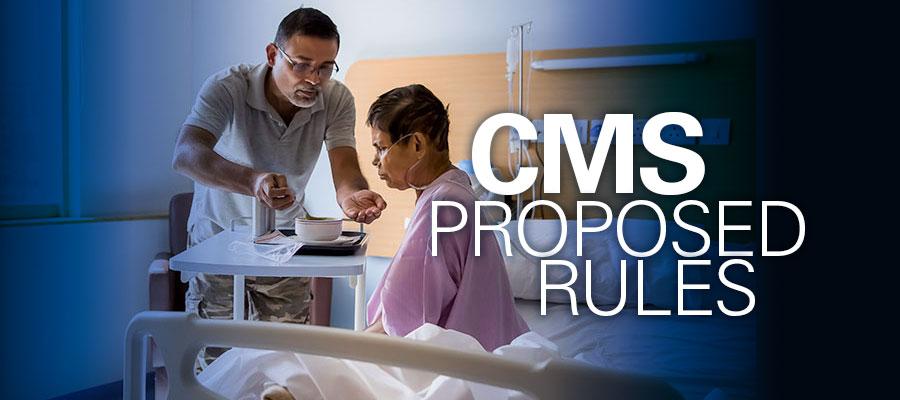CMS Proposes Rule to Provide $9.6 Billion in 2018 Risk Adjustment Transfers

The Centers for Medicare & Medicaid Services yesterday issued a proposed rule that would maintain the current methodology for calculating risk adjustment transfers in the individual and small group health insurance markets for benefit year 2018. CMS expects the rule to provide $9.6 billion in risk adjustment transfers for benefit year 2018. The permanent risk adjustment program, created by the Affordable Care Act, transfers funds from health plans with lower-risk enrollees to plans with higher-risk enrollees to spread the financial risk and help stabilize premiums. In February, a federal district court in New Mexico invalidated CMS’s use of the statewide average premium in the transfer formula for the 2014-2018 benefit years, pending further explanation of the agency’s reasons for operating the program in a budget neutral manner. The proposed rule expands on the agency’s recent justification for using the statewide average premium and operating the program in a budget-neutral manner in the final rule for the 2017 benefit year. CMS will accept comments on the use of a statewide average premium through Sept. 7.

